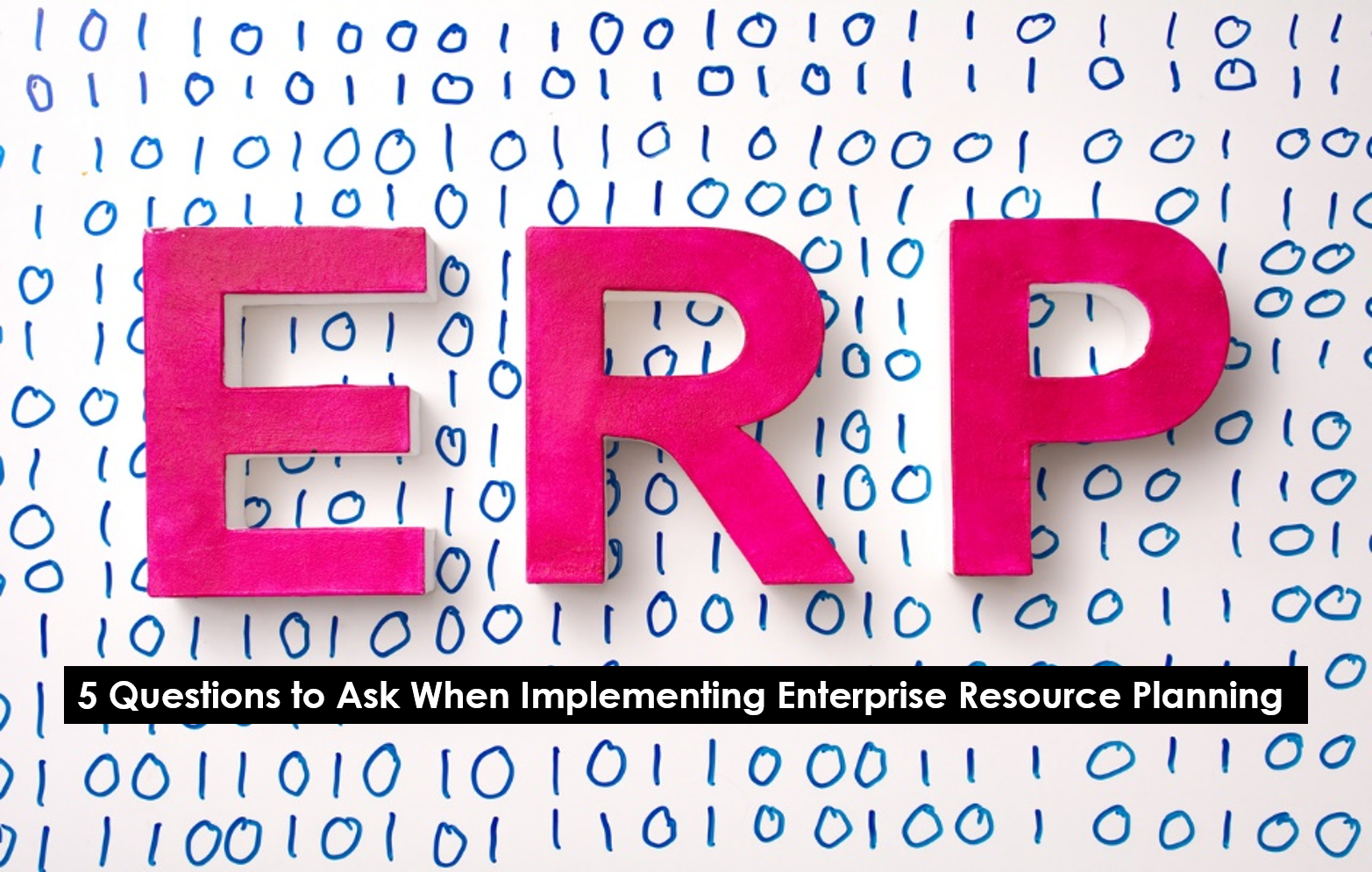A global retailer once hired me to help install PeopleSoft—it was their 3rd attempt. Their pain is not uncommon. Enterprise resource planning, or ERP, is a vital management tool, but its implementation can often be a nightmare.
For example, the average cost of an ERP implementation is $4.5 million or 6% of revenue. The average time to implement is 1-3 years. (!) With these painful stats in mind, it makes sense the Wall Street Journal once described SAP implementation as a “corporate root canal.”
Here are five questions you need to ask and answer before implementing an ERP.
- Who is on the team? The most common mistake is to assign responsibility to IT and whichever department will use the system the most. Those two silos typically don’t appreciate the implications of their decisions on the groups who will input, maintain or receive outputs from the system. This can scuttle your ERP. Instead, get a cross-section of expertise on your team. Every group interacting with the system should be there.
Your ERP team should be made of your best employees—their decisions will impact how this system (and your business) will run for years.
What one behavior drives the business case? If your team is serious about the business case, they must articulate what they need people to do in clear, tactical terms. Then focus, focus, focus; focus relentlessly on that. An IT firm spent millions on enterprise resource planning to help them make money on license renewals. The one activity they needed most from their sales team was to call clients the month before their contracts expired. Because they didn’t make that specific request, sales people didn’t do it consistently. The firm could not hit the business case; it was wholly based on “license renewals”—a lovely concept that no one acted upon.
How are we managing first impressions of the system? Shteingart, Neiman & Lowenstein’s 2013 research, published in the Journal of Experimental Psychology, shows that “first experience has a disproportionately large effect on subsequent actions,” something they labeled “outcome primacy.” In other words, first impressions matter. So the first employees who touch the system—starting with requirements definition—had better be wowed. Only someone in marketing should be giving the project a name. And if user acceptance testing sucks, stop implementation. As Kahneman and Tversky found, we feel the pain of loss more acutely than the pleasure of gain. We compulsively avoid anything that smacks of failure. Manage the employee experience as rigorously as you manage the project itself.
Who will be our first users? In the 1960s, Everett Rogers published a book called the Diffusion of Innovations, which analyzed why certain ideas and products capture the public’s imagination. He mapped those who adopt the idea against a bell curve, showing that 3.5% of the target group are eager early adopters, and 13.5% are positively predisposed to change. You can use this to create momentum. If you want your ERP to look like a winner, find the early adopters. Enlist the 3.5% for system test, and the 13.5% for UAT. Pilot with these employees intentionally. They’ll make the system seem safe and successful to everyone else.
How are we ensuring the system is employee-centric? Employees don’t think about the system. They think about their jobs. Training must be about how to use the system in the context of their jobs. What will they do, day to day? Where will new tasks and handoffs take place? Where are the data and tools they relied upon—which will stay and which will be replaced?
Generic ERP training is a waste of time and money. Train people to do their jobs, not use a system.
Enterprise resource planning is one of the most invasive and expensive undertakings your company will ever face – even if it’s “cloud-based” and “intuitive.” If you get these five things right, you’re ahead of the game and on your way to a return on your investment.





